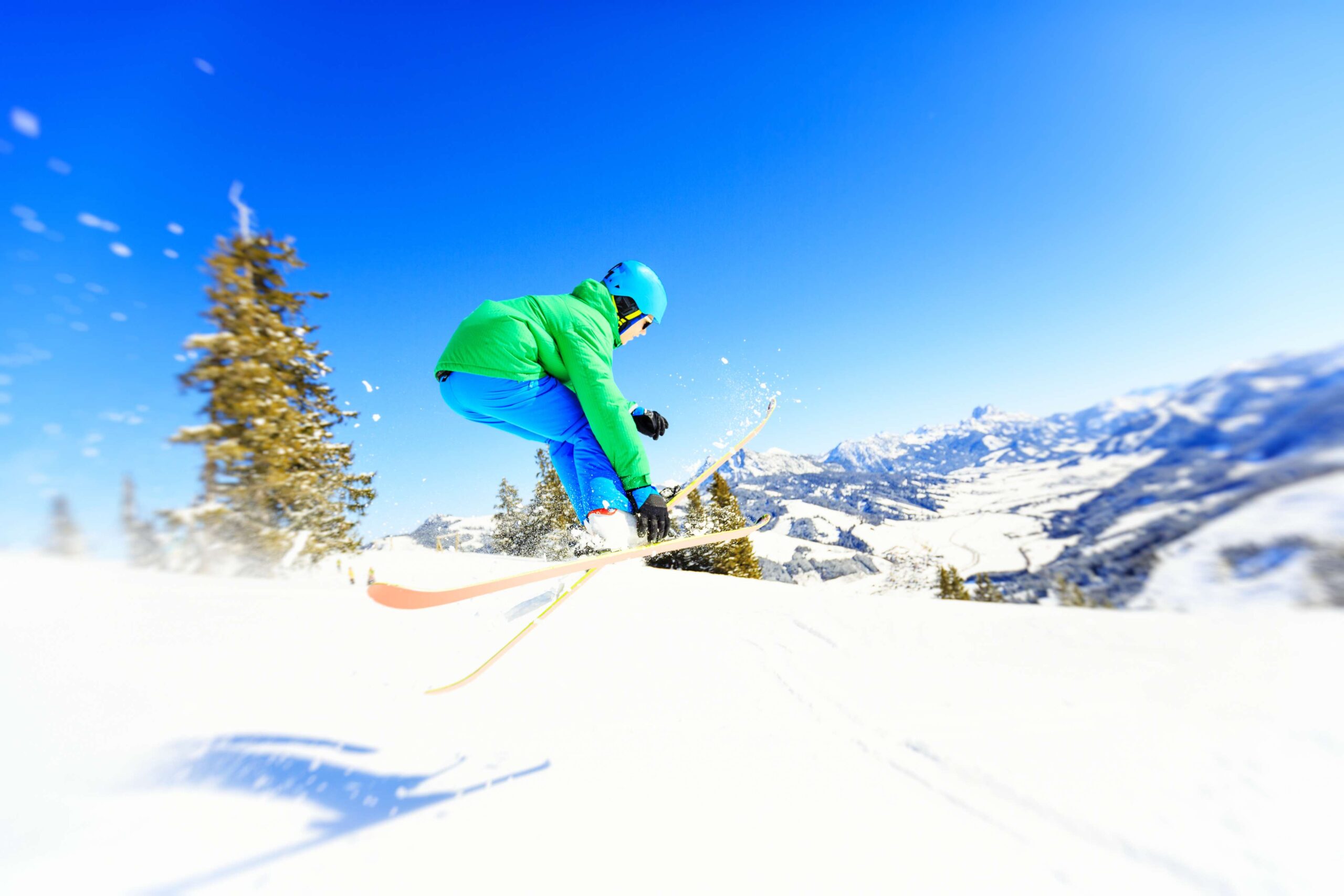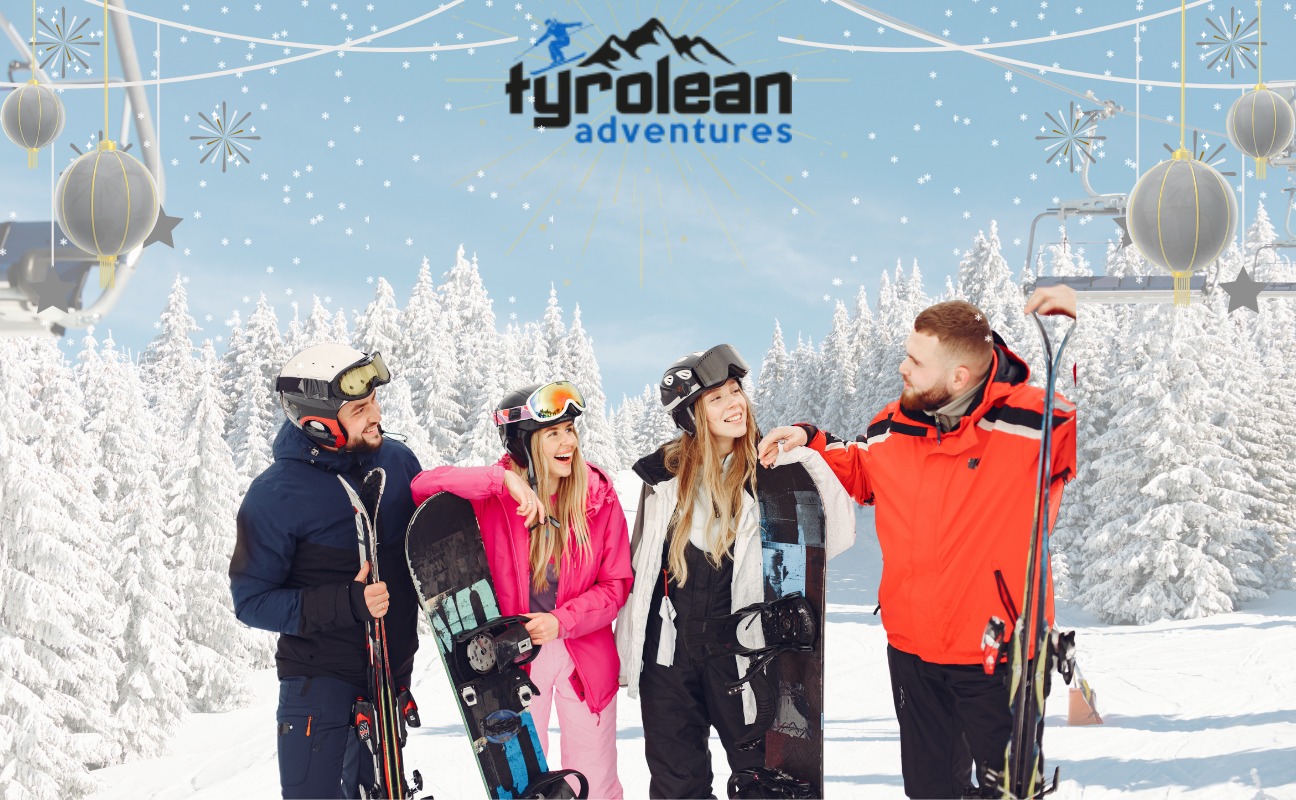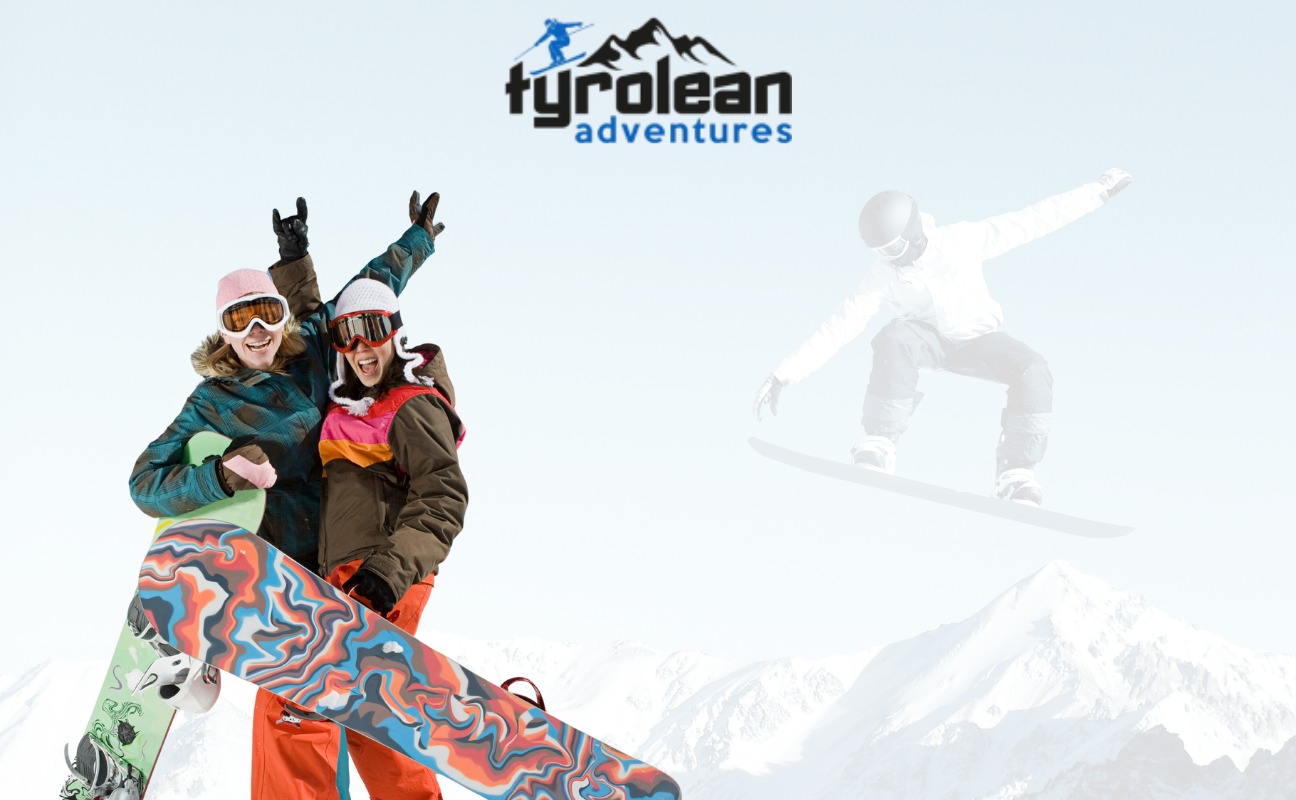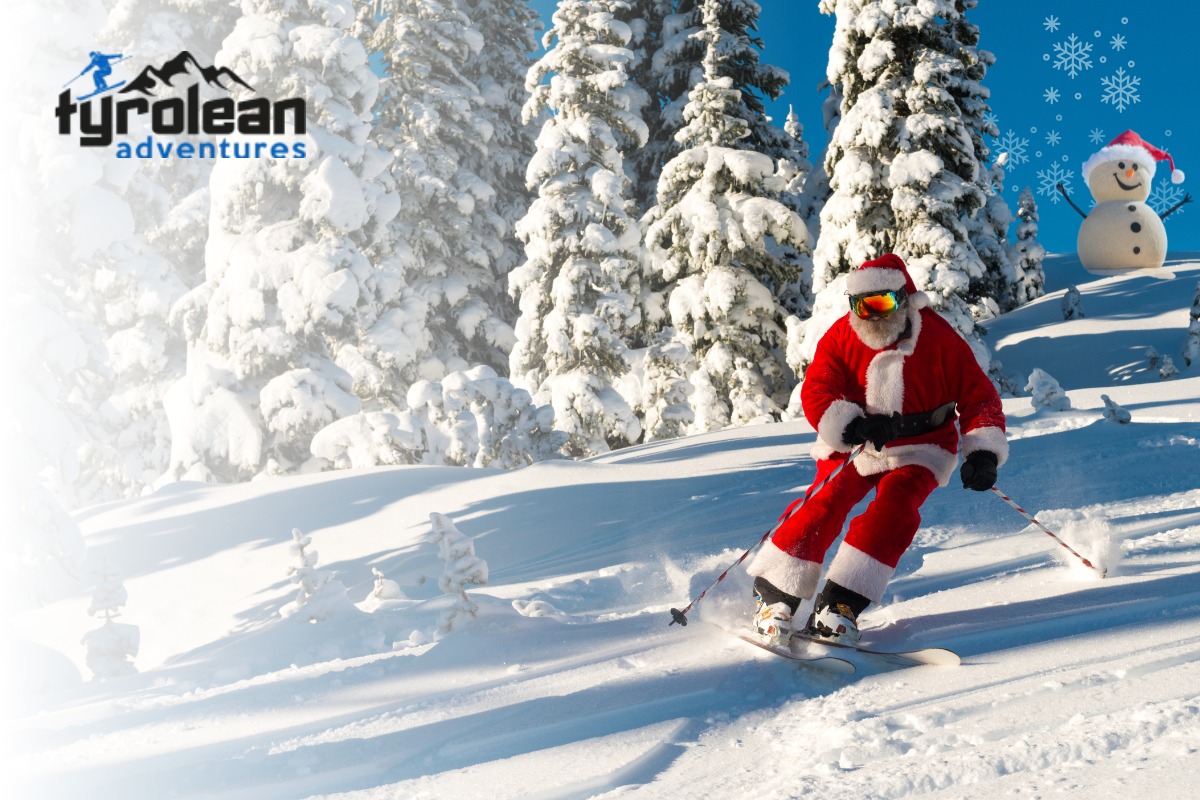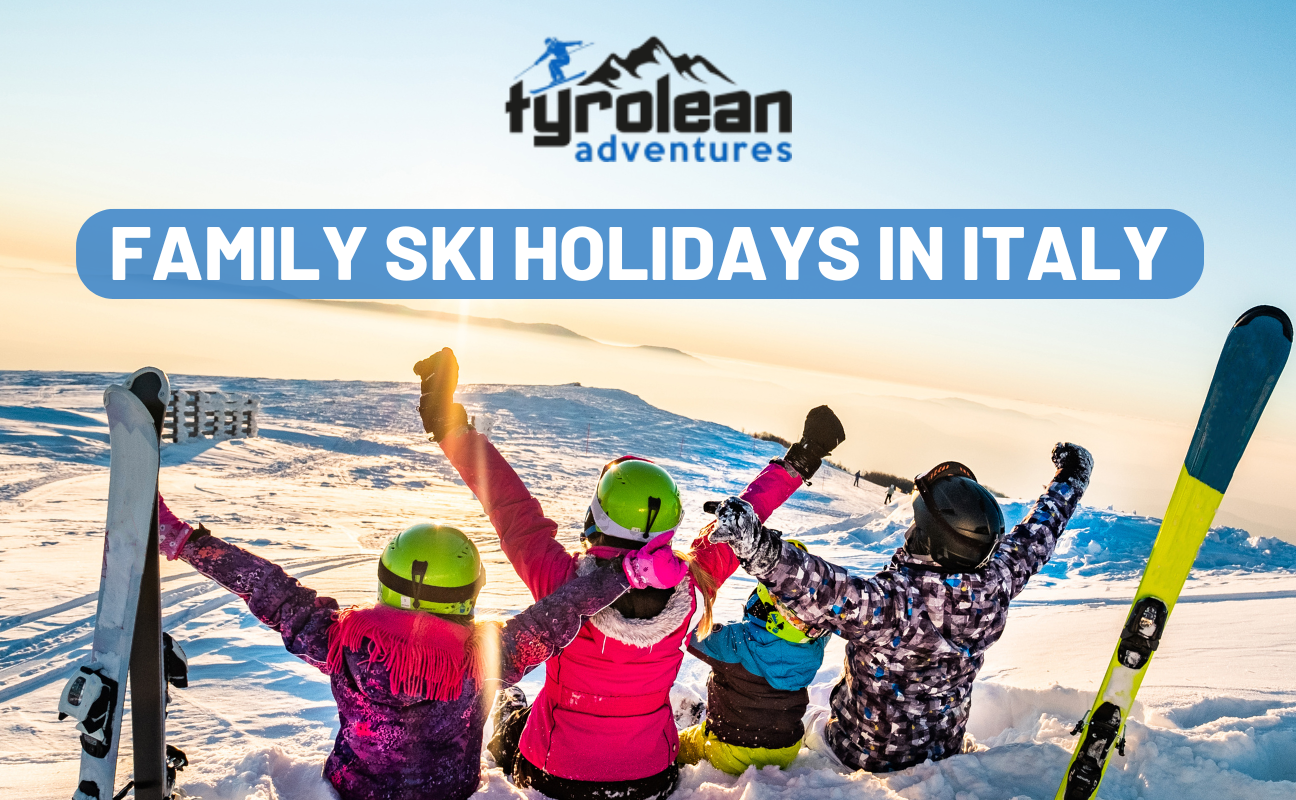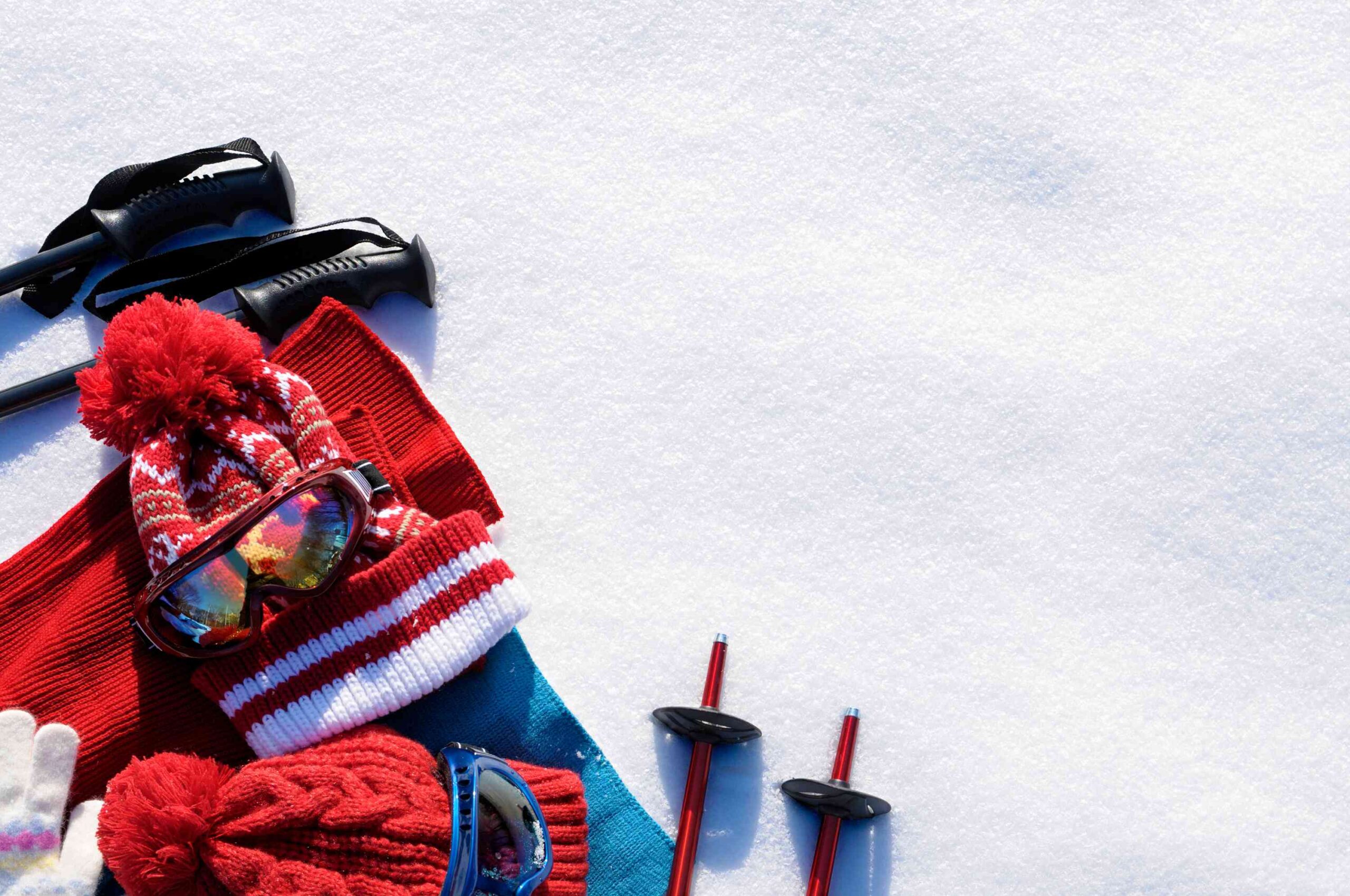
Planning your next ski holiday and wondering what to wear skiing? Whether you’re heading to the snowy slopes of Austria’s Tyrol region or the breathtaking Dolomites in Italy, choosing the proper clothing can significantly impact your trip. In 2025, ski fashion has evolved to offer the perfect balance of function, warmth, and style. This guide from Tyrolean Adventures walks you through everything you need to know—layering essentials, trendy looks, and practical tips—to help you ski in comfort and confidence.
Why Ski Fashion Matters in 2025
Skiing isn’t just about hitting the slopes—it’s an experience, a lifestyle, and yes, a fashion statement. In 2025, ski fashion is all about smart textiles, sustainability, and striking visual design. The “gorpcore” trend continues, blending high-tech outdoor gear with streetwear influences. At the same time, advancements in thermal fabrics and weatherproofing technology ensure that you stay dry and warm even during blizzards.
With ski holidays becoming increasingly immersive and social media-friendly, looking good is no longer optional. Whether you’re gliding down the pistes or relaxing at a mountain lodge, your outfit should support your performance while reflecting your personality.
The Essential Ski Layering System
A successful ski outfit starts with the right layering system. Understanding the purpose of each layer will help you stay warm without overheating or feeling restricted.
1. Base Layer (Next to Skin)
The base layer’s job is to wick moisture away from your skin. Choose materials like
- Merino wool (natural, warm, odour-resistant)
- Synthetic blends (quick-drying and affordable)
Avoid cotton, as it retains moisture and can cause you to feel cold when wet. Look for snug-fitting tops and bottoms that stretch and move with you.
2. Mid Layer (Insulation)
The mid layer traps body heat, keeping you warm. Excellent options include
- Fleece jackets
- Insulated puffer vests or down jackets
- Hybrid layers like the Patagonia Nano Puff or Arc’teryx Atom LT
This layer can be removed and stowed easily if the weather warms up.
3. Outer Layer (Protection)
Your outer layer protects you from wind, snow, and rain. The best ski jackets and pants are:
- Waterproof and breathable (GORE-TEX or similar)
- Windproof
- Equipped with features like powder skirts, adjustable cuffs, ventilation zips, and helmet-compatible hoods
The outer layer is your first defense against the elements—invest wisely.
Pro Tip: Visit our Skiing Holiday Packing List for a complete gear checklist!
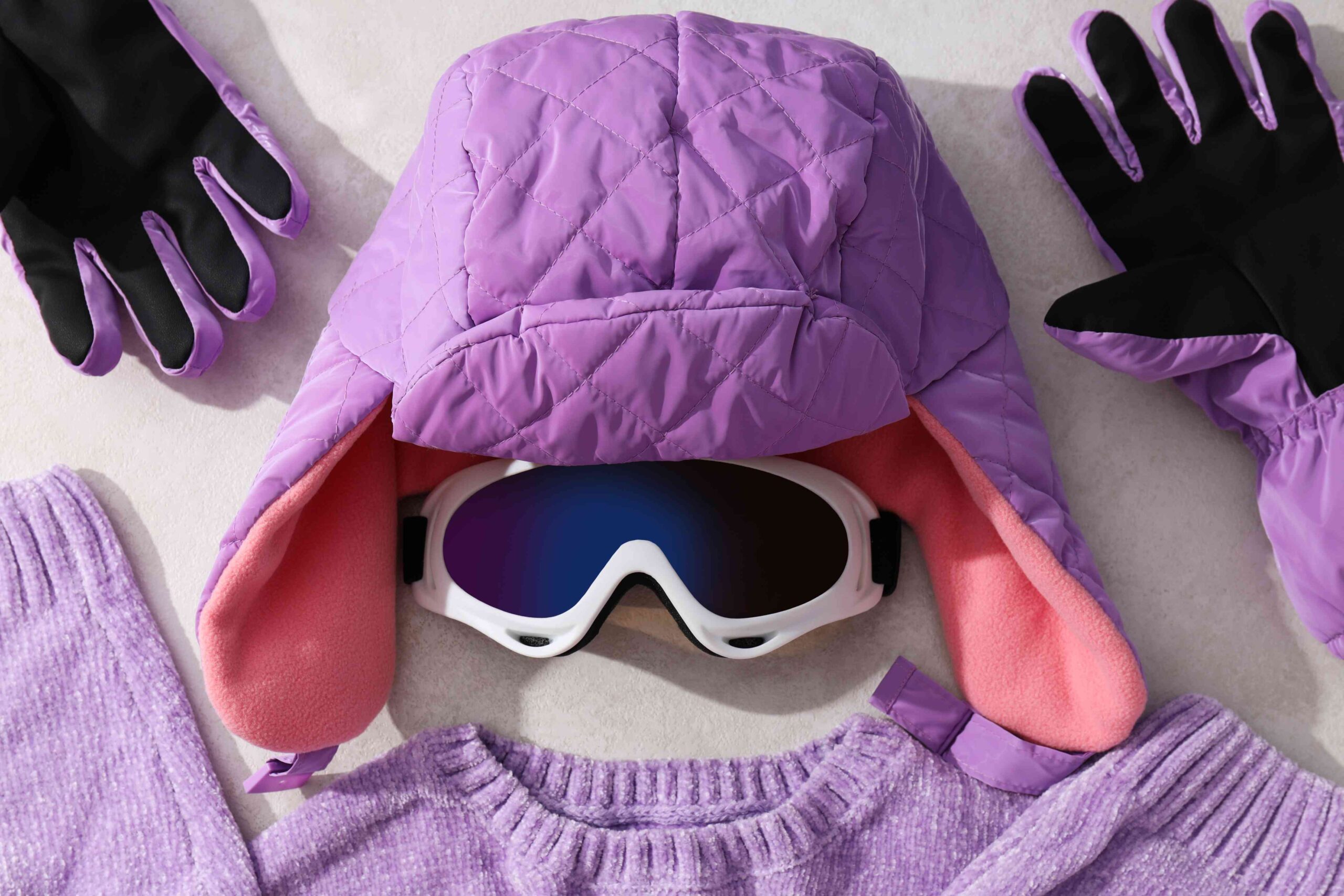
2025 Ski Fashion Trends: What’s Hot on the Slopes
This year, ski wear isn’t just functional—it’s fashionable. Here’s what’s trending:
- Bold color blocking: Neon green and cobalt blue are making a comeback.
- Retro vibes: Vintage 80s and 90s ski suits are making a comeback, often with a modern twist.
- Leading eco-friendly brands, such as Picture Organic Clothing, Patagonia, and Ortovox, offer sustainable ski gear made from recycled materials and featuring bluesign certifications.
- Integrated tech: Smart heating panels, Bluetooth trackers, and RFID lift pass pockets are increasingly common.
These styles don’t just look great—they’re also packed with innovation, making your time on the mountain easier and more enjoyable.
What Accessories to Wear Skiing
Accessories complete your ski outfit and provide vital protection from the cold.
Goggles or Sunglasses
Choose:
- UV protection (Category 3 or 4)
- Anti-fog coating
- Wide-vision lenses
Mirror lenses are ideal for bright, sunny days, while amber or yellow tints are more suitable for low-light conditions.
Gloves or Mittens
Warmth without loss of dexterity:
- Look for insulated gloves with waterproof outer shells
- Mittens provide more warmth, but gloves allow a better grip.
- Glove liners add extra warmth.
Socks
Merino wool or blended knee-high ski socks:
- Avoid thick socks—they cause friction and reduce circulation
- Never double-layer socks—it increases the risk of blisters
Helmets & Headwear
Safety first! Helmets are a must, but combine them with:
- Thin balaclavas or buffs
- Ear warmers or a skullcap for extra insulation
Après-Ski Outfit Ideas
Once you’re off the slopes, switch into après-ski mode with cozy yet fashionable layers:
- Oversized knits and fleece-lined leggings
- Faux shearling jackets
- Stylish snow boots (Sorel or Moon Boot brands are top picks)
- Accessories like beanies, scarves, and gloves in neutral tones
This is your chance to unwind in warmth and style—perfect for evenings by the fire or mountain bar-hopping.
How to Style for Social Media & Ski Photos
Today, ski holidays are as much about the photos as they are about the powder. Here’s how to shine on camera:
- High-contrast outfits (e.g., bright red jacket on a white slope)
- Layer texture and pattern for visual interest
- Use scenic backdrops: alpine peaks, cable cars, or snow-covered lodges
- Tip: Coordinate your group’s colours for the best group shots
Whether you’re documenting your adventure for Instagram or capturing family memories, what you wear skiing directly affects the outcome.
When to Go: Style by Season
Ski style depends on the season, too. Here’s how to adjust your gear:
- Early season (Dec–Jan): Go heavier with insulation; snow is fresher but weather colder.
- Mid-season (Feb.–early Mar.): Best conditions, moderate cold, lots of sunshine—perfect for statement outfits.
- Spring skiing (late Mar.–Apr): Layer lighter, use vented jackets, and swap thermals for lighter base layers.
Want to choose the right season for your look and conditions? Read our full Best Time to Ski in Austria guide.
Sustainable & Ethical Ski Fashion
Conscious travelers are increasingly seeking sustainable gear:
- Brands like Picture Organic, Patagonia, and Ortovox offer eco-friendly options
- Look for recycled fabrics, bluesign® certification, and PFC-free waterproofing.
- Renting gear is also a great eco-alternative—check with Tyrolean Adventures for recommendations.
Supporting sustainable brands not only helps the planet, but it also sets a strong example on and off the mountain.
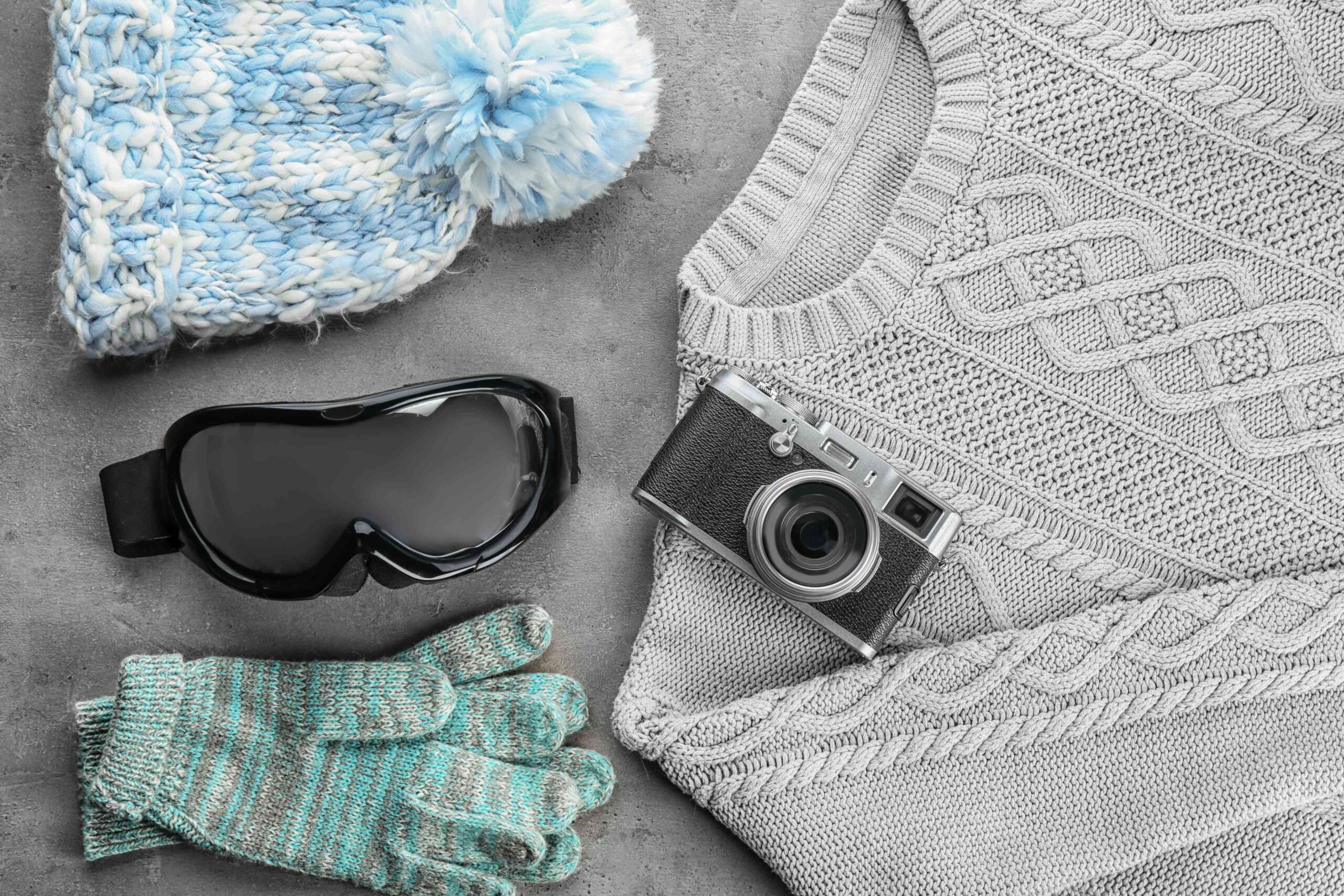
Why Book with Tyrolean Adventures?
Tyrolean Adventures does more than take you skiing. Tyrolean Adventures assists you in preparing for the experience, both physically and mentally:
- We guide you on choosing and sourcing gear
- Provide personal packing consultations for first-time skiers.Offer a downloadable “What to Wear Skiing” checklist.
- Connect you with local rental shops for top-quality outerwear and accessories.
You don’t have to navigate ski fashion alone—we’re here to help you every step of the way.
Conclusion
Now that you know what to wear skiing, you’re ready to hit the slopes with confidence. With the proper layering, trendy yet functional outfits, and must-have accessories, your ski holiday will be both stylish and practical. Whether you’re chasing powder in Austria or cruising scenic slopes in Italy’s Dolomites, your gear should support your experience, not hinder it.
Ready to ski in style? Let Tyrolean Adventures help you plan the perfect trip—gear advice, destination picks, and expert support included. Contact us today to get started!
FAQs: What to Wear Skiing
1. What should I wear skiing for the first time?
Start with a moisture-wicking base layer, add a warm mid-layer (like fleece or down), and finish with a waterproof outer shell. Don’t forget ski socks, gloves, goggles, and a helmet for complete protection.
2. Can I wear regular winter clothes to ski?
No. Regular winter clothes often lack the necessary waterproofing, breathability, and insulation required for skiing. Invest in ski-specific outerwear designed to handle snow, sweat, and movement.
3. What are the best materials for ski base layers?
Merino wool and synthetic blends (like polyester or polypropylene) are top choices. They wick moisture, insulate when wet, and prevent odor build-up.
4. How many layers do I need for skiing?
The classic 3-layer system is ideal:
- Base layer (for moisture control)
- Mid layer (for insulation)
- Outer shell (for wind and waterproofing)
5. Should I rent or buy ski clothing?
If you ski often, investing in your gear is worthwhile. For beginners or one-time travelers, renting outerwear locally (such as jackets, pants, and helmets) can save money and luggage space.


